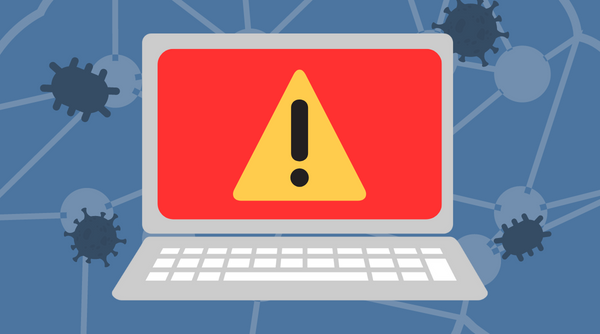With so many different types of malware out there, it can be hard to keep track of them all. CybersecurityNews.com put together this handy guide to the ten most common types of malware.

Top 10 Types of Malware
- Trojan Horses: This malware deceives users by appearing beneficial, but it can steal sensitive data, crash devices, and block antivirus software.
- Worms: Unlike viruses, worms can self-replicate and spread rapidly over computer networks, exploiting vulnerabilities.
- Adware: Adware bombards users with advertisements, often collecting personal data and affecting computer performance.
- Cryptojacking: This malware hijacks a victim’s computing power to mine cryptocurrencies without their knowledge or consent.
- Spyware: Spyware secretly gathers information about users, monitoring internet activity and collecting sensitive data.
- Ransomware: Ransomware encrypts files or devices, demanding a ransom for their release, though there’s no guarantee of recovery even after payment.
- Malvertising: Malvertising injects malware into legitimate advertising networks and web pages, exploiting user trust in reputable sites.
- Backdoor: Backdoors provide unauthorized access to a system or its software, enabling attackers to remain hidden.
- Rootkits: Rootkits hide their existence and the presence of other software, granting unauthorized access to a computer.
- Botnets: Bots and botnets are infected computers controlled remotely by attackers to launch coordinated cyber attacks.
How Do I Protect Myself?
With so many different types of malware, there is no “silver bullet” single solution to protect yourself and your network. You need multiple layers including:
- Next Generation Firewalls – Firewalls protect your network from malware entering your network. Next-Gen firewalls can also include web content filtering to protect you from malware delivered via suspicious websites.
- Upgraded Endpoint Protection – Standard antivirus isn’t enough for most business networks anymore. For deeper malware protection, Extended Detection and Response software goes beyond your endpoints to protect more of your network.
- An Educated Workforce – Most successful malware attacks are the result of human behavior. Training your users to identify attacks and establishing a culture of security are the best ways to protect your network.
Follow these steps to protect yourself from different types of malware. And as always, we here at LeeShanok are also here to help! Get in touch to discuss your security strategy.
